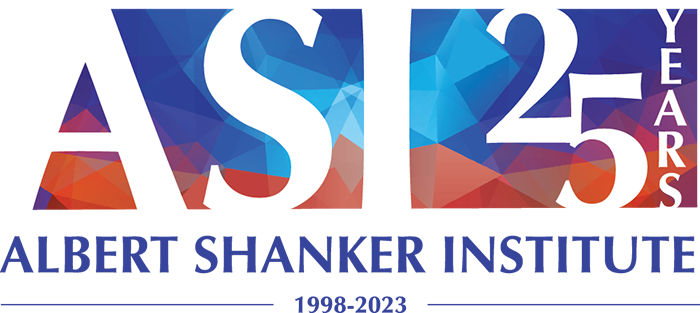Where Al Shanker Stood: Verbal Ability As The Key To Learning
We found this 1974 Al Shanker New York Times column to be of interest, both in terms of current debates over variations in "opportunity to learn" and implementation of the Common Core State Standards, and in regard to recent research on the importance of oral language development in early childhood (see here for more); we hope you agree.
It is regrettable that the important work being done by the International Association for the Evaluation of Education Achievement has received such scant notice, not only in the media but in educational circles as well. It deserves better. Founded in 1959, IEA is an organization of 22 national education research centers whose basic purpose, through use of tests, surveys, questionnaires and other methods, is to develop generalizations for education throughout the world. It has done studies of achievement in mathematics, science, reading comprehension, civic education and foreign languages.
A good summary of the findings of recent IEA research is provided by Benjamin S. Bloom, Professor of Education at the University of Chicago and one of the founding members of the Association, in his article, "Implications of the IEA Studies for Curriculum and Instruction," in the May 1974 issue of the University of Chicago School Review. Bloom, to begin with, sees as a salient virtue of IEA research that its methods have been developed for the specific purpose of international comparison. In previous cross-national studies, he observes, "the evaluation instruments developed in one country typically showed that country to be superior to the other countries included in the study." The procedures which IEA has helped develop avoid such bias. The IEA studies, Bloom reports, reveal that there are vast educational differences between countries. "If school marks were assigned in the various nations on the basis of the highest nation's standards (where perhaps the lowest fifth might be regarded as failing), then almost 50 percent of the students in the lowest scoring of the developed countries would fail but about 85 percent of the students in the average developing nation would fail." In terms of grade norms, "it is evident that the attainment obtained in one year of schooling in the highest nation requires one and one-half or two years of schooling in the less favored nations. To put it in terms of time and human resources spent, it may cost twice as much for a particular level of learning in one place as it does in another."
